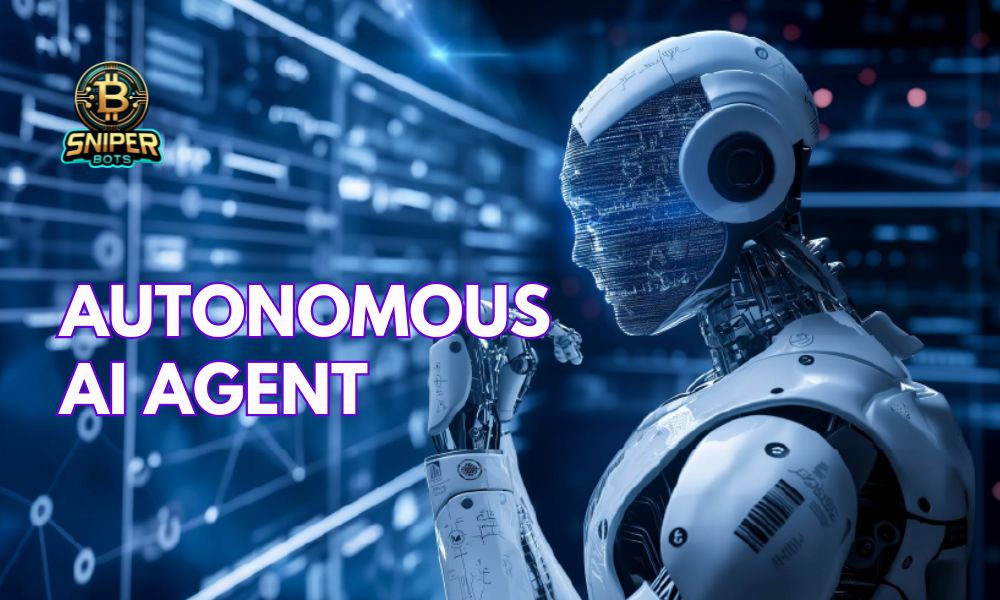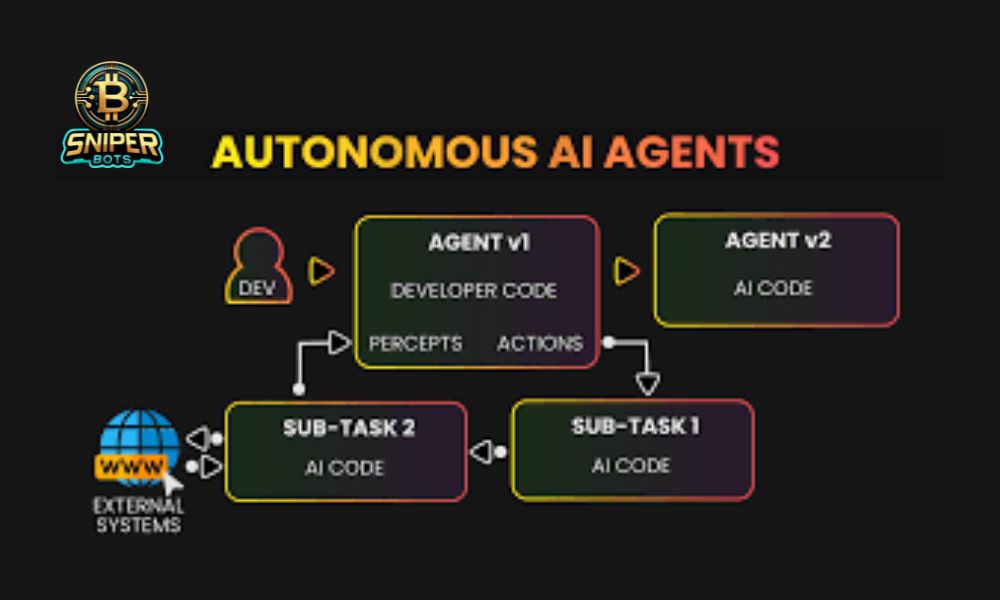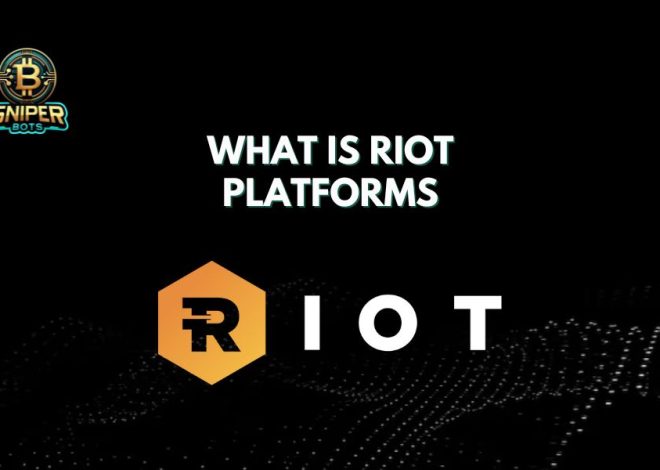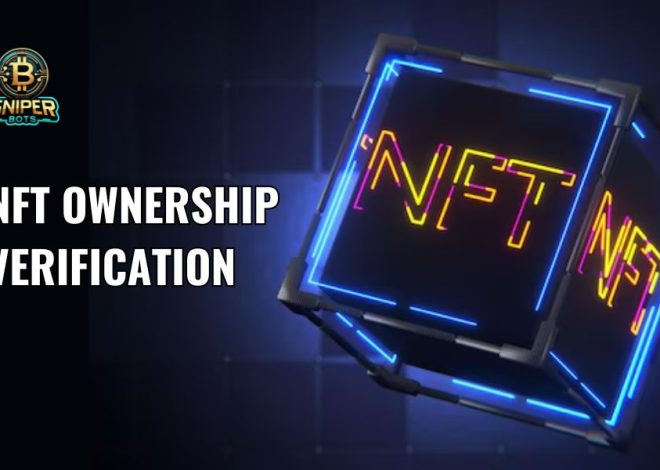
Autonomous AI agent: the future of automation
An autonomous AI agent is an intelligent computer program capable of perceiving its environment, making decisions, and executing actions independently to achieve a predefined goal. Unlike conventional automation tools, they can learn, adapt, and even improve themselves, promising to completely reshape how we work and interact with technology. This makes the concept of an autonomous AI agent truly revolutionary.
Contents
What is an autonomous AI agent?
An autonomous AI agent represents a significant leap forward from traditional AI models. Imagine a digital assistant that doesn’t just execute the commands you give it but can independently determine the necessary steps to complete a complex objective. For example, instead of you having to search for flights, hotels, and create an itinerary for a trip, you could simply give the command: “Plan a 3-day trip to Da Nang with a budget of $500.”
An autonomous AI agent would automatically analyze the request, search for the best flight and hotel options, compare prices, check reviews, book tickets, and even suggest recreational activities that match your preferences. The entire process unfolds without constant human intervention. That is the power of autonomy.
How an autonomous AI agent works
The diagram above provides a high-level overview of the lifecycle and operational mechanism of an autonomous AI agent, from its initial creation to its ability to evolve.
Initialization by the developer (Dev & Agent v1)
Everything begins with a developer (Dev). They create the first version of the agent, called Agent v1. This version contains the initial source code (Developer Code), which includes the core objectives, basic rules, and initial constraints. This is the foundation, the “seed” from which the agent begins its process of operation and learning. Agent v1 is not the most intelligent version, but it is capable enough to start interacting with its environment.
The perception and action loop (Percepts & Actions)
The core of any autonomous agent is the perception-action loop.
- Percepts: The agent continuously gathers data from its environment. This data can be information from a website, results from an API, or feedback from a previous action.
- Actions: Based on what it perceives and its ultimate goal, the autonomous AI agent decides on the next action to take. These actions are not rigidly pre-programmed but are dynamically generated to solve the problem at hand.
Task decomposition and interaction with external systems (Sub-tasks & External Systems)
When an action is too complex, the agent breaks it down into smaller sub-tasks. For instance, to “plan a trip,” the sub-tasks could be “find flights,” “find hotels,” and “check the weather.”
- Sub-task 1, Sub-task 2: Each of these sub-tasks is handled by snippets of code generated by the AI itself (AI Code). They work independently to solve a piece of the larger problem.
- External Systems: These sub-tasks interact with the outside world, such as accessing the internet (WWW), calling the APIs of airlines, or reading data from a database. The results of these interactions are sent back as “Percepts,” creating a feedback loop that helps the agent learn and adjust.
Self-improvement and evolution (Agent v1 -> Agent v2)
This is the most unique and powerful feature of an autonomous AI agent. Based on the experience gathered from its action loops and the results from its sub-tasks, Agent v1 has the ability to rewrite itself to create a new, more effective version: Agent v2.
This Agent v2 is no longer composed of the developer’s original code but is made of code generated by the AI itself (AI Code). It can be more optimized, more intelligent, and better at problem-solving than its predecessor. This process can be repeated, creating versions v3, v4, and so on, allowing the agent to become increasingly sophisticated and powerful.
Potential and applications of the autonomous AI agent
The ability to self-operate and improve opens up countless real-world applications:
Software development: AI agents can write code, debug, test, and deploy applications, accelerating the development cycle manifold.
Research and analysis: An autonomous AI agent can automatically gather data from millions of sources, analyze market trends, synthesize reports, and provide deep insights.
Personal management: They can become true virtual assistants, proactively managing schedules, emails, finances, and other personal tasks.
E-commerce: They can automatically optimize product prices, manage inventory, run marketing campaigns, and personalize the experience for each customer.
The autonomous AI agent is no longer a science fiction concept but an existing technology with immense potential. They represent a new generation of AI that is self-sufficient, capable of learning, and evolutionary. Continue following Sniper Bots to stay updated on the latest in artificial intelligence and technology.




